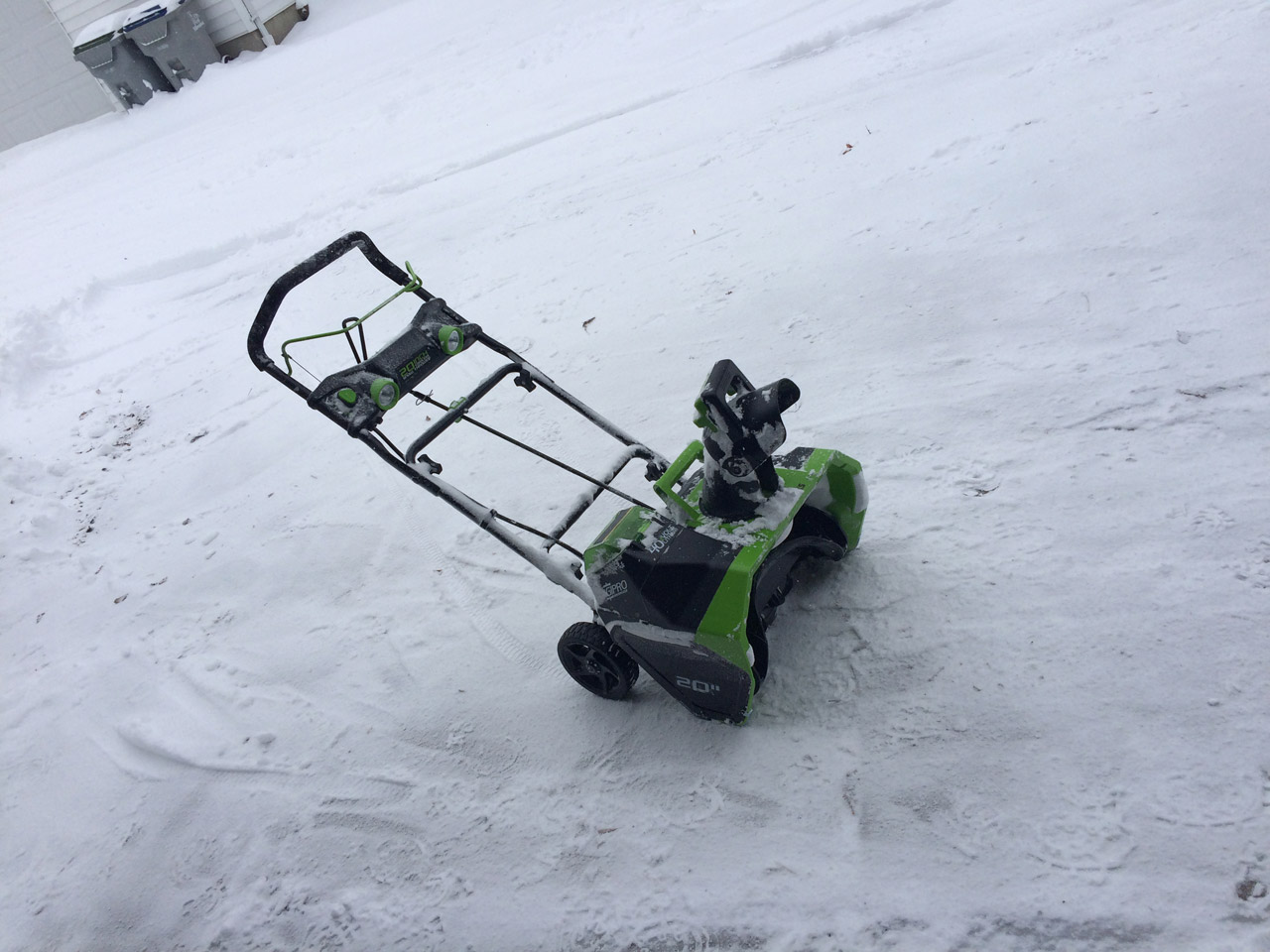
We recently got a uArm Swift Pro robot arm at Brinn Labs and I’ve been putting it through its paces. It comes with software called uArm Studio that lets you do a lot of things, but for this post I’ll focus on drawing (or “plotting”) using a pen.

One of the tools I’ve used in the past with the Egg-Bot was StippleGen2 from our friends at Evil Mad Scientist Laboratories. StippleGen2 is a program written in Processing that takes an image and converts it into a series of lines, or more specifically, a single line, which is suitable for plotting.
Above is the image I started with, an “8-bit heart” as I call it. It’s a simple black and white image of a low-res heart. (Great for Valentine’s Day, right?)

After running the heart through StippleGen2 and choosing the appropriate complexity of the line drawing I wanted, I saved out the file as an SVG format vector file. Perfect for plotting. (In fact, since it’s a single line, the z axis never has to move up once it starts.)

I fired up uArm Studio and chose the Draw/Laser feature, and then loaded in the SVG file. I did have to scale it up a bit, as I still don’t have the exact dimensions I should use for artwork in uArm Studio.
Once the file is loaded, you hit start and there’s a step where you set the z axis so it know where the pen hits the paper. At this step, I wish there was a little more control over how the z axis moves. I think the smallest increment is one millimeter, and I think it should be smaller. (Most CNC software has some adjustment to how much you move things, so I can see adding in 0.5mm and perhaps 0.2mm as well.)

While the uArm Swift Pro is awesome, I’m still going to be a little critical… One of the issues I’ve come across in the Draw/Laser part of the software is that the speed seems to be hard-coded, with no way to adjust it to go faster (or slower.) As someone who understands G-code and how CNC machines work, I found this a little annoying…

So I set about to find a solution. I first posted a message on the forum, but then Chinese New Year hit and it seemed as though it would be two weeks (or more) before I got an answer. I had dug around and found that the G-code created by the Draw/Laser part of the software generates a file and drops it at ~/uarm/Temp/files/gcode/tmp_pen.gcode and I assumed that by editing the feedrate in that file, I could speed things up… I was right!

My first attempt was to connect with the arm using Universal Gcode Sender, which in this case was not universal, and failed to properly talk to the arm. I dug around a bit more and found simple_stream.py which is a Python script to stream G-code to a device. Sadly, it was not compatible with Python3, but luckily, I’ve been writing a lot of Python lately, so I fixed it.
After I got it working (that is, after much hacking at the original code) I found that I could easily speed up the drawing to half the time. In this case, 5 minutes with the Python script versus 10 minutes with uArm Studio. For TSP art, great precision tends not to matter too much, and I think I could speed it up even more.
I’ll work on cleaning up my Python code and seeing if I can get it online in case others want to muck around with it.
Update: Code is here: https://github.com/raster/uArm-GCode-Streamer













